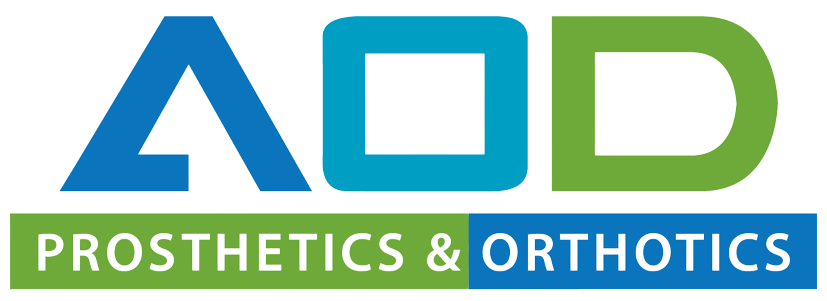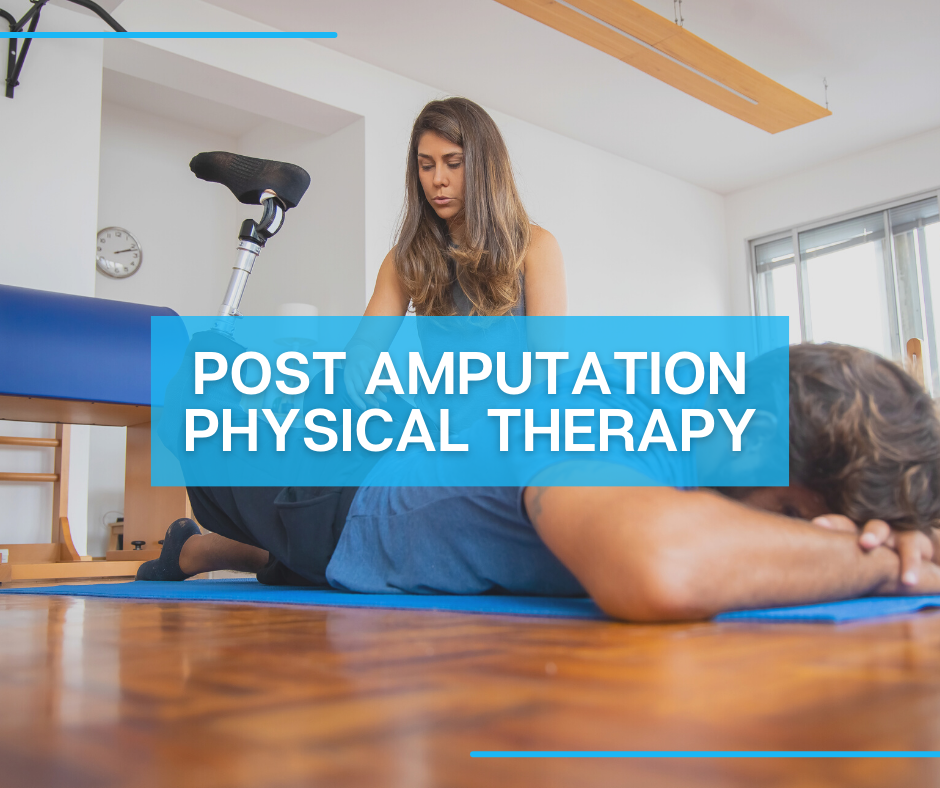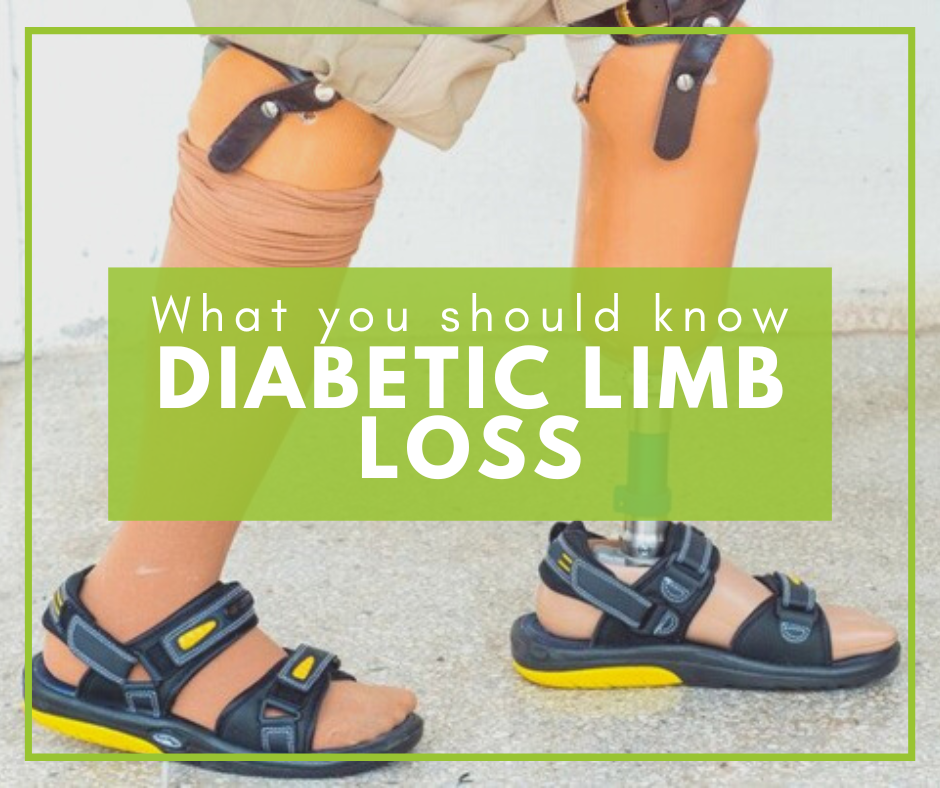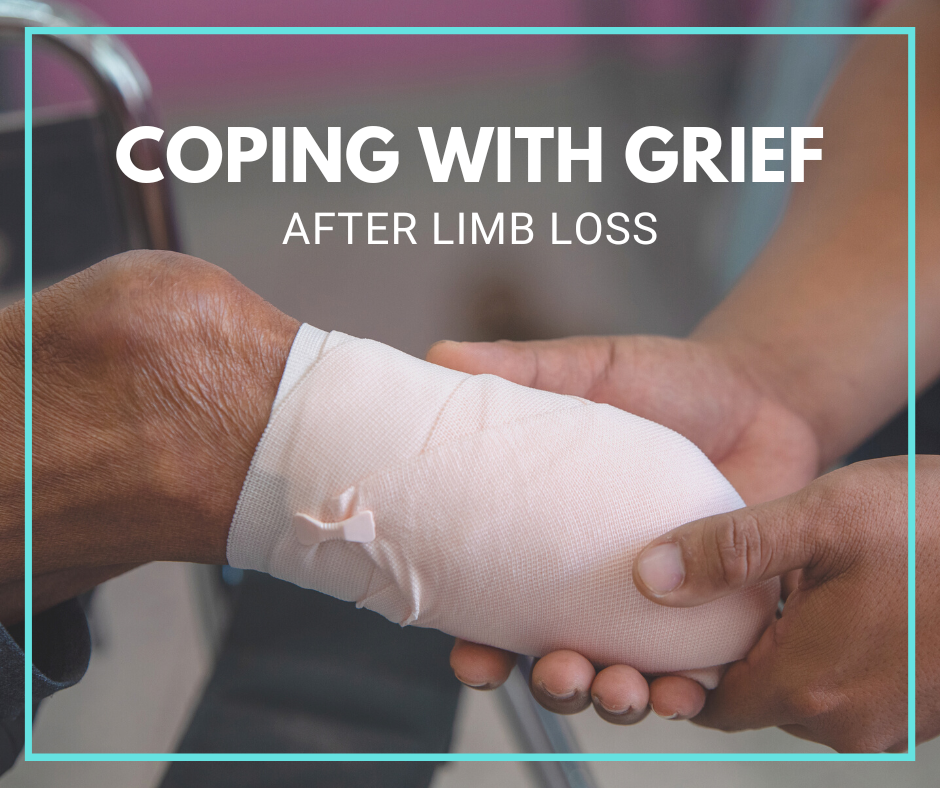
The 9 Stages of Post-Amputation Physical Therapy & Prosthetic Training

Losing a limb can be incredibly traumatic, and can affect a person both physically and mentally. New amputees don’t just have to manage their grief over their lost limb, but will also have to relearn how to do things that might have been second nature to them. Undergoing an amputation is a life-changing experience, but with the help of modern prosthetics, a seamless rehabilitation is not just possible, but highly achievable.
Over 2 million people live with limb loss in the U.S, and this number is expected to double by 2050 due to the rising prevalence of diabetes and vascular disease. Apart from disease, amputations can be caused by trauma, cancer, or congenital disorders. The majority of amputations are in the lower extremity, which makes physical therapy extremely important during the rehabilitation process.
What Is Amputation Rehabilitation?
Losing a limb, especially a lower limb, will severely impact a person’s mobility and ability to perform daily activities. These obstacles can create a lot of mental stress, as the amputee may feel isolated and unable to easily reintegrate into society. The goal of amputation rehabilitation is to facilitate the recovery of the amputee with prosthetic training so they can return to their lives.
Due to the different hurdles a new amputee faces after their surgery, it’s necessary that amputation rehabilitation is done with a multidisciplinary team. Rehabilitation teams will usually have a physiotherapist in charge, and may include a prosthetist as well to ensure that the prosthesis fitting and training goes smoothly.
Phases of Amputation Rehabilitation
Amputation rehabilitation can be a long and arduous process involving an entire team dedicated to the patient to ensure that they return to a high level of social integration. Amputation rehabilitation typically has nine stages, although certain phases may not be standardized.
Similarly, not everyone will go through the rehabilitation process in the same way—people experience different milestones at different moments in their recovery depending on several factors such as the cause of limb loss, their rehabilitation team, support systems, and more.
1. Pre-Operative Phase
The pre-operative phase primarily focuses on educating the patient and preparing them for the journey of recovery. This phase is important for those who are facing limb loss due reasons that do not involve accidents or trauma, which require instant treatment. It is important for the doctor or rehabilitation team to take this time to explore patient expectations, and reinforce rational expectations while providing clarity for false assumptions. This time is also used to discuss the surgery as well as to draw up post-operative plans, including choosing and planning out the prosthetic limb with the prosthetist.
2. During Surgery
Patients will be asleep during the surgery phase, but they can always ask their doctor or surgeon about the procedure beforehand to understand the process of amputation surgery and reconstruction.
3. Immediate Post-Operative Phase
The immediate post-operative phase begins immediately after the amputation and mostly focuses on recovery in terms of medical and wound care as well as discharge planning. Rehabilitation in this phase will initially involve a lot of pain control and emotional support, but physiotherapy is also necessary at this point to prevent loss of motion.
While there is no easy part of recovery, this stage will likely be one of the most challenging ones for new amputees to face. Apart from the mental difficulties of accepting their new body and mobility, they will also face physical problems. Physical therapy in this period will therefore be focused on ensuring that they don’t lose out on critical mobility skills with specific exercises to improve strength, tolerance, and range of motion.
4. Pre-Prosthetic Training Phase
This phase is a continuation of the previous phase, with even more emphasis placed on physical therapy to strengthen the limb and maintain flexibility. Pre-prosthetic training also proceeds with the final shaping of the limb to fit the patient’s future prosthesis. Pre-prosthetic training can happen in an inpatient and outpatient capacity and prepares the limb for the prosthetic limb while it heals. Many rehabilitation teams will also conduct pre-prosthetic training prior to the surgery as well.
The main goals of this phase are to promote mobility, self-care, and comprehensive limb support. Patients can also experiment with early walking aids (EWA) to properly narrow down their choice of prostheses options before placing an order, along with exercise therapy and pre-fitting management.
5. Prosthetic Prescription Phase
The prosthetic prescription phase has two main components:
● Casting and measuring. The prosthetist will cast and measure the patient’s residuum (the part of the limb remaining after an amputation). The physiotherapist can assist during the casting process to make sure that the pelvis maintains a neutral alignment.
● Fitting of the prosthetic limb. The prosthetist will then fit the primary prosthesis to the limb to ensure that the alignment and length suit the patient correctly when standing and walking. Physiotherapy is also necessary at this point to provide mobility guidance and training for weight-bearing and static balance.
This phase is a prominent milestone in the recovery process and is vital to the prolonged success of the prosthetic limb.
6. Prosthetic Training Phase
Once the patient has been successfully fitted for a prosthesis, the patient will begin specialized physical therapy—to increase strength and endurance, increase mobility, and maximize comfort and functionality. During this process, the prosthetist can adjust the prosthesis as required as and when problems arise. The first few months will require a temporary prosthesis as their limb continues to heal, after which they will be fitted with a permanent prosthetic limb.
Physical therapy becomes the core aspect of the rehabilitation process in this phase. Apart from exercises, the patient will also need to be educated on how to properly remove and put on the prosthesis, how to put on footwear and get dressed, as well as training for weight-bearing and skin integrity. They will also have to practice integrating the prosthesis into all their activities. Once the basics of weight-bearing training are over, the patient will have to practice balance, sensory reintegration, muscle re-education, and gait training.
7. Functional Training Phase
At this point in the rehabilitation process, the patient will probably have learned to function more independently. They will have been discharged, meaning that occupational therapy will now play a large role as the patient resumes their role in their family, community, as well as their hobbies. Occupational therapists will also assist with vocational rehabilitation and training or job modifications.
They will still undergo physical therapy and will learn how to best use their prosthetic limb, as well as how to care for it with regular skin checks and hygiene. It is also important to continue doing contracture prevention exercises as the new amputee slowly reintegrates back into their lifestyle.
8. Guided Rehabilitation Phase
This phase mostly focuses on the patient’s specific goals as they return to their daily activities. At this point, the rehabilitation plan will need to be tailored or modified to better suit the specific goals and needs of the new amputee. This can include goals such as wanting to go on a hike, running, swimming, cycling, etc., for which the physical therapist can provide strengthening and stretching exercises to specifically achieve that goal.
If you have a specific sport you would like to do; you can also consult a recreational physical therapist who can help you return to your preferred sports and can help you with adaptive recreation equipment.
9. Follow-Ups Phase
The follow-up or maintenance phase ensures that the patient’s rehabilitation plan and goals continue to grow or change to fit the patient. The patient will be reviewed regularly by the rehabilitation team, namely the physiotherapist, the consultant, and the prosthetic team. They will assess the current function of the prosthesis, if the patient is in need of any adjustments or even a new prosthesis. Depending on the current status of the patient, their physical therapy program can be modified as well.
The goal of these follow-ups is to ensure that the patient has achieved a level of autonomy and function similar or higher than they did before the amputation, as well as to ascertain their physical, mental, and emotional health.
At AOD Prosthetics and Orthotics, Texas, we understand that the journey of a new amputee is a difficult one—but you don’t have to do it alone. We are dedicated to being there for you from the initial consultation to the end of your rehabilitation. We provide a wide range of services to provide for your specific needs, so contact us today.
To learn more about funding options and our partners, check out our resources here. We look forward to helping you achieve your goals!
Treatment & Planning for Tomorrow
AOD Prosthetics & Orthotics combines the highest technology available with the best patient care. Bilingual mobile prosthetic service in San Antonio. Serving amputees and improving their quality of life.

All Rights Reserved | AOD Prosthetics & Orthotics | San Antonio, TX


